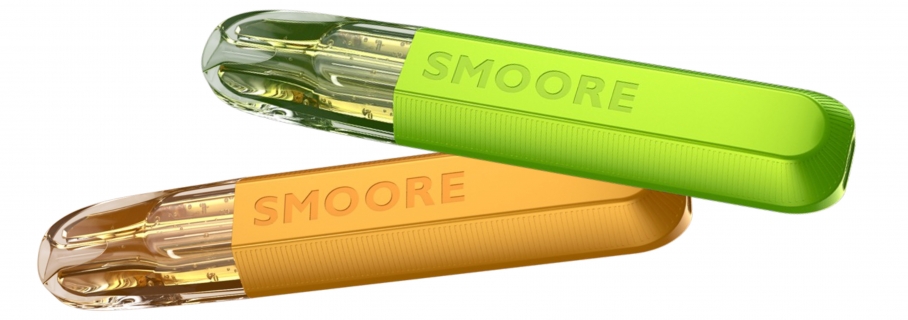
What are your views on the government consultation on vaping?
The UK has been a pioneer in the vape industry for a long time, and is under the watchful eye of many, often setting an example to the rest of the world on how to effectively control the market. Like many new industries, when they start to prosper, there will also be challenges that arise with that, like black market, alongside environmental and counterfeit issues.
Therefore, the vape consultation is critical to keep the industry moving forward. On the other hand, other countries will be looking at how the UK proposes restrictions, and the implication that is if the ban does go ahead, there will be other countries taking note, and it might narrow down the scale of the market, and investment won’t be as plentiful.
Next-generation products exist for a reason – it is fair to say that all these new technologies are designed to help smokers quit tobacco, and to convert them from riskier smoking habits. A ban would slow down the smoke-free mission.
What is your company’s sustainability strategy?
Disposable products are of course popular; however, they are also the cause of a lot of environmental issues.
What people rarely take note of is that a lot of the solutions on the market use a cotton wick, and this stores and absorbs a lot of the e-liquid, so the user doesn’t have access to all the e-liquid available, shortening the life of the vape.
But what we have done is invented a new material with Feelm 2.0 that won’t lock in any residual e-liquid, so you can use the device to its full capacity.
Therefore, it means that devices using Feelm 2.0 will be able to offer more than double the puffs of a standard device (up to 1,000), so customers don’t have to buy the vape as often, reducing overall waste.
We are planning to push this technology out early next year. As a manufacturer, we don’t sell vape products ourselves, but work with suppliers like British American Tobacco, and provide them the technology to use in their disposable devices.
What can we expect of 2024?
I don’t think disposables are the final answer for vapes, because it doesn’t matter how many puffs you provide, consumers still need to dispose of the pen eventually.
One thing most people don’t realise is that batteries are recyclable, so the future of vaping might be going back to closed-pod systems, where they provide a pod and one battery for a rechargeable device. That is a more environmentally friendly solution.
Globally, we are also seeing more suppliers invest and innovate in pod systems due to rising costs. When I went to a vape expo in September, half of the exhibitors were launching pod systems for the first time, confirming that e-liquid sales were on the rise.
What is your view on e-liquid flavours?
Flavours play a key role in converting smokers to next-generation nicotine products. Disposables are growing fast as they offer greater and superior convenience, and amid financial pressures, if you offer a more expensive product to a first-time switcher, they probably won’t try it, whereas if you offer a disposable, which is cheaper in the short-term, they are more inclined to give it a shot.
You have to give smokers an additional incentive for them to try new things. If you can only provide tobacco flavours, they might think, “why do I need to switch?”
But on the other hand, people are condemning flavours, especially disposable ones, for attracting kids and those who have never smoked to the category.
I don’t think it’s an issue with how it tastes as such, but the descriptors and packaging some suppliers are using. I think the authorities need to regulate packaging and names to make sure it doesn’t appeal to younger people, rather than focussing on the actual flavour so much.






Comments
This article doesn't have any comments yet, be the first!